Can you insulate a concrete block basement walls with only rockwool?
Hello,
We are redoing our basement ourselves (zone 5, Toronto) and on a budget after gutting the entire finished basement due to extensive moisture penetration and mold issues. The foundation/walls are concrete block and we have 2 sides done with interior plastic membrane to french drain and sump pump, one side exterior waterproofing, and one side with no waterproofing but also no moisture penetration issues. Our plan after consulting several sources was to frame with 2x4s painted with mold resistant primer (pressure treated and sill gasket for anything touching concrete), with 1 inch air gap between block wall (or waterproofing membrane) and framing, then install mineral wool and mold resistant drywall and paint with latex paint. Floor would be dimpled mat over concrete slab and vinyl plank flooring. No current plan to seal walls and we are leaving plenty of air gaps near unfinished ceiling where floor joists are. We would have a dehumidifier. Anything in here that jumps out as potential for renewed mold growth? Thanks in advance!








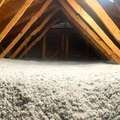

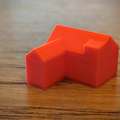




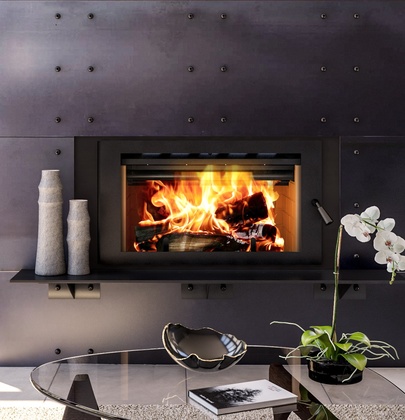

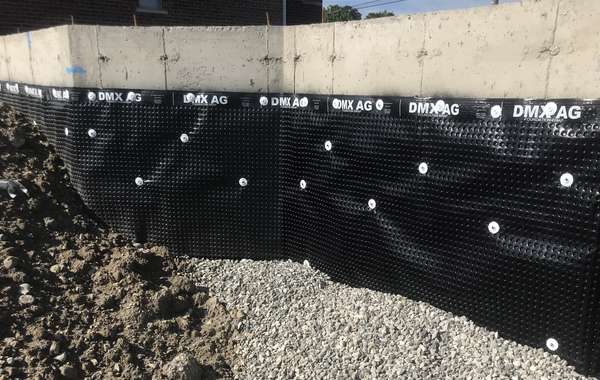
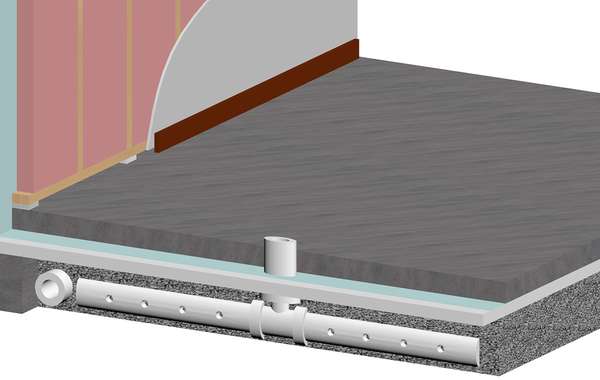
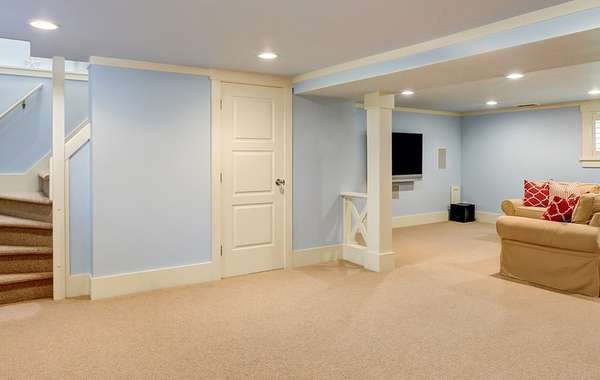
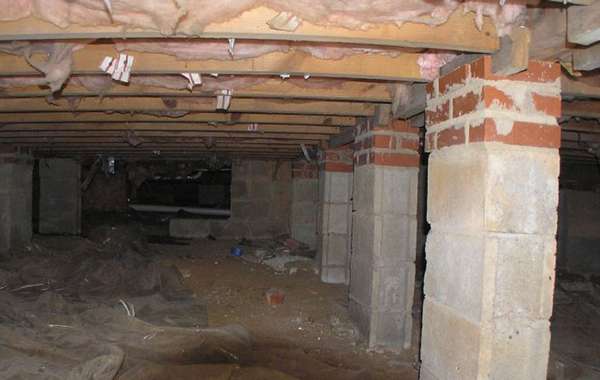
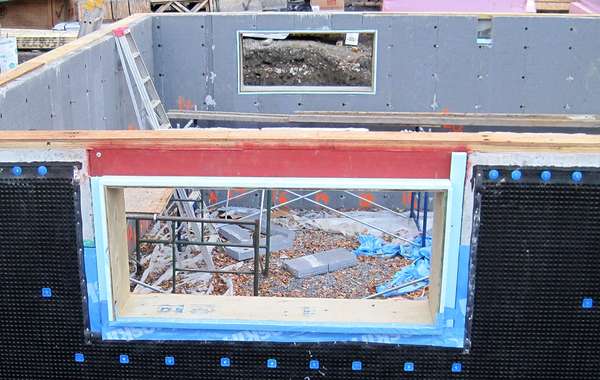
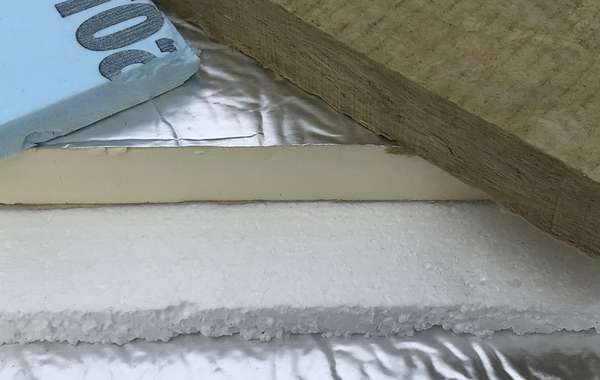
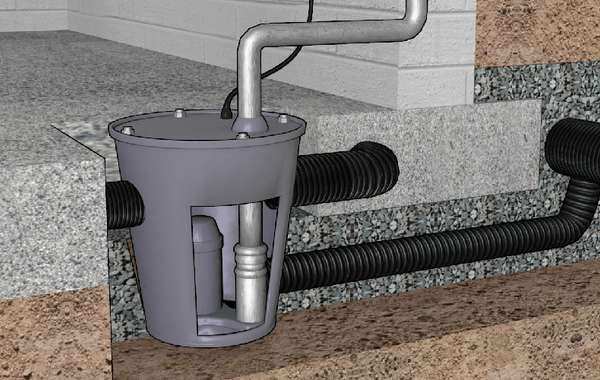
One thing that concerns me is the mention of it being an inch away from the wall, along with you saying you weren’t going to seal the wall. If you have a waterproof membrane against the block wall then there is no reason you can’t put the stud wall right against it rather than leaving an airspace. The point being, if you leave an airspace and the wall is not sealed, sounds to me there is a chance you may have an air convection behind the wall. The effects of the insulation could be significantly reduced if so. If air can get behind, then it would be more like a free-standing wall of insulation in the middle of the room. Just make sure no air flows in behind the stud wall.
Sometimes insulating a cinderblock foundation wall for the first time when it has never been insulated can cause cracking as it suddenly experiences freezing. Butr if your basement wall was previously insulated then you should be fine, but take advantage of the fact that it is open to check the condition and make sure there is no cracking before you re-insulate it.